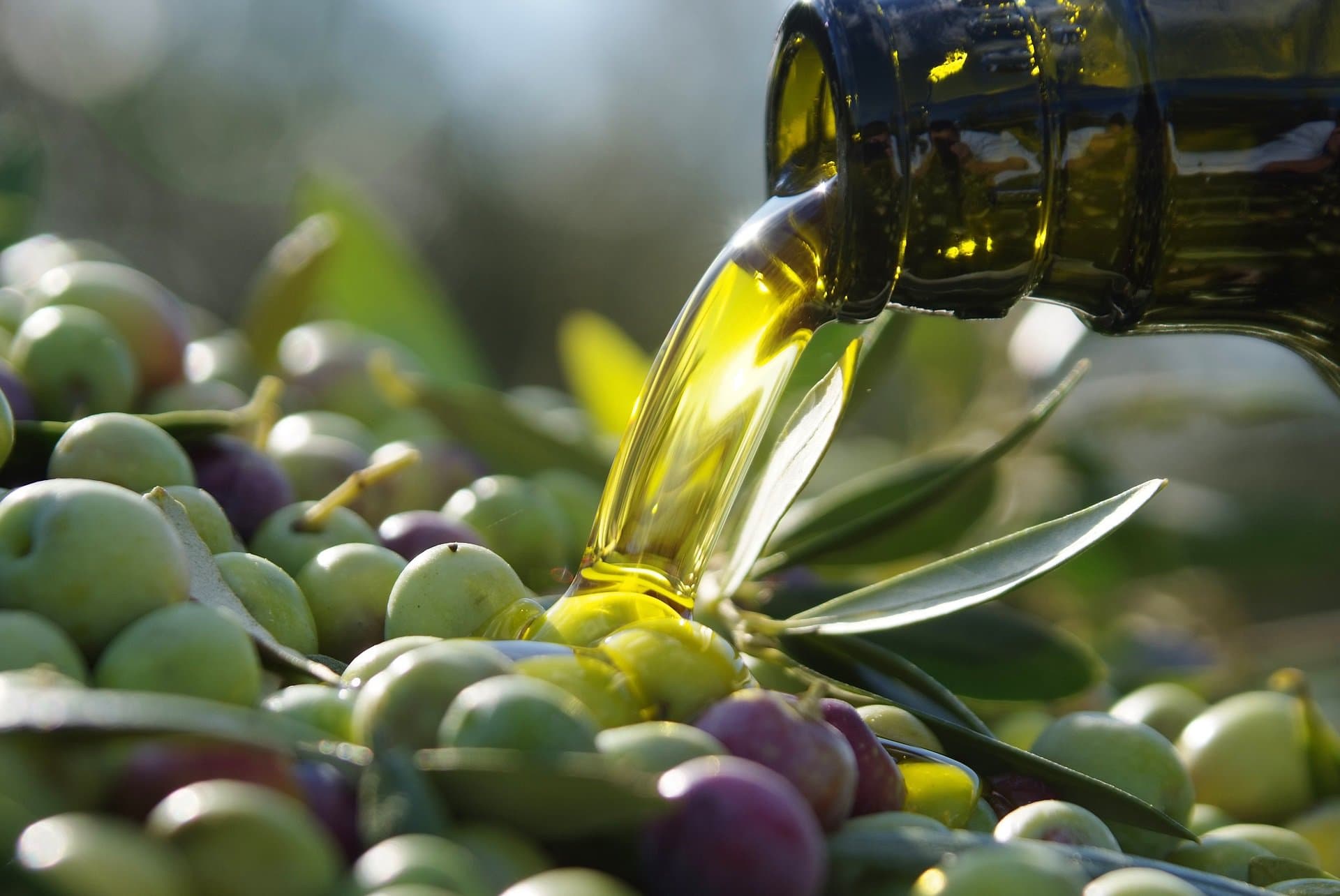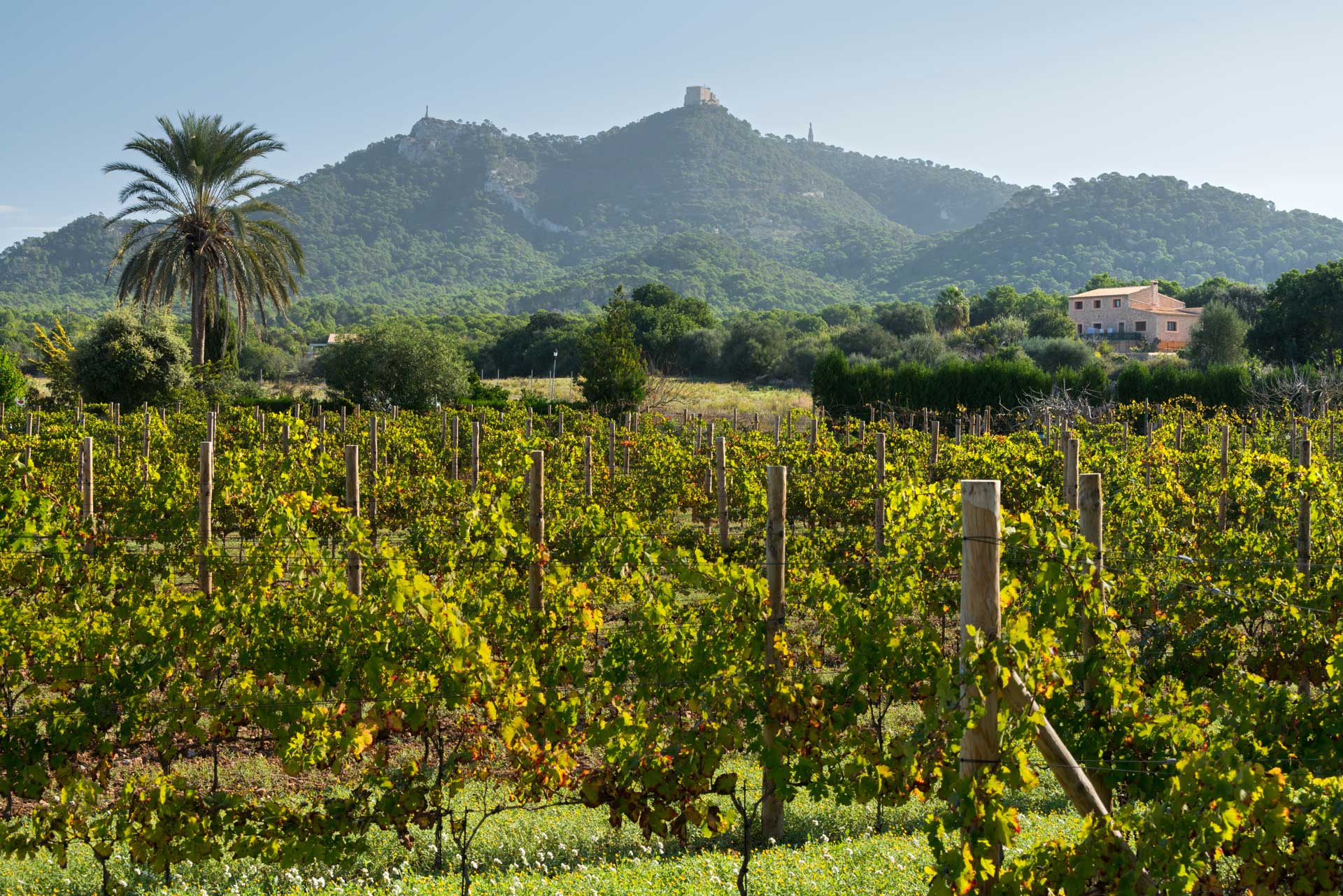As you probably already know, if you enjoy cooking, you can find different types of consumer oils, also coming from a wide variety of sources (olives, sunflower, coconut, avocado, sesame…). However, to determine if these oils are good enough to cook with, it’s important to know how they are produced. That is, which processes are used to get them and how many healthy properties from the source foods are lost in the way. When it comes to the different types of olive oils, the same thing happens and that’s why we are going to talk more carefully about what we mean when we talk about the olive oil quality.
What determines the quality of olive oil?
- What exactly do we mean by ‘olive oil quality’?
- What are the quality criteria for olive oil?
- What are the organoleptic properties of olive oil?
- How are the different olive oils classified according to their quality?
- What kind of olive oil should you consume?
1. What exactly do we mean by ‘olive oil quality’?
While you may have heard many cuisine-lovers talk about the different olive oils they have tried and their quality, it’s likely that this concept has been used incorrectly. When we talk about quality we mean both the organoleptic (sensory) features and the chemical properties that determine the value of olive juice. And based on these properties we can classify consumer olive oils.
2. What are the quality criteria for olive oil?
As we say, there are a variety of chemical tests that oils are subjected to in order to determine their quality. The criteria that we generally consider are the following:
Degree of acidity.
The olive oil acidity can be the result of the poor state of the fruits (if the harvest is late), a failure in its production, or in its conservation, factors that can accelerate the oxidation process of the product, affecting its quality. And while this is a chemical parameter, since it is not detected by taste, the acidity of the extra virgin olive oil determines how many free fatty acids (or oleic acid) it has. Thus, the lower the acidity, that is, the lower the amount of free fatty acids, the higher the quality of the oil and the healthier it will be.
Peroxide index.
The olive oil peroxide index determines its initial oxidation state (the main reason for its degradation) and the loss of natural antioxidants such as tocopherols and polyphenols of this product. This degradation is what can make olive oil smell and taste bad, which is different from the concepts of bitterness and itchiness.
UV spectrometry.
Ultraviolet absorbance spectrometry measures the absorbance of olive oil at certain wavelengths. This parameter is what gives us information about the state of conservation of the oil.
Oil purity.
On the other hand, the Delta K parameter of the spectrometry is one of the criteria, together with other tests such as the wax content, the presence of stigmastadienes or the composition of fatty acids, which serve to determine the purity of olive oil and detect if there are mixtures with other refined vegetable oils or fats that may affect the authenticity of the product and its organoleptic properties.
3. What are the organoleptic properties of olive oil?
The organoleptic or sensory properties are those characteristics of olive oil that can be perceived through the senses, such as its smell, taste or colour, although the latter is not considered when performing sensory analyses.
These sensory analyses, carried out by a group of experts through a tasting, are also tests that can detect alterations in the product and determine which is the final category of olive oil based on its quality (virgin or extra virgin), but also what is the fruity level of the product and its global score, beyond the results presented by the chemical analysis.
4. How are the different olive oils classified according to their quality?
Extra virgin olive oil.
This pure olive juice is obtained through mechanical procedures, more specifically through cold extraction in which a centrifugation process is carried out to remove bone and pulp since the traditional cold pressing of olive oil has become obsolete.
To make extra virgin olive oil it’s essential to obtain the fruit in perfect condition, without damaging it to preserve its organoleptic properties and avoid maximum oxidation. Olives are stored in dark oil mills only long enough to extract them on the same day of harvest. Furthermore, this extraction must be carried out at a temperature lower than 27º C. The result is a product without defects with an aroma and flavour depending on the type of olive used for its production, whose acidity mustn’t be above 0.8º.
 Olive in veraison
Olive in veraison
Virgin olive oil.
Although the juice extraction process is the same, unlike extra virgin olive oil, which is flawless, virgin olive oil is the one that presents a defect during the tasting (either due to the state of the olives or due to a failure in the production process). In this case, its degree of acidity must be less than 2º.
Lampante virgin olive oil.
If the organoleptic qualities of the product are deficient and the acidity exceeds 2º, virgin olive oil is not suitable for human consumption. To take advantage of the product, it must go through a refining process (through physical and chemical procedures that eliminate unwanted components) that will turn it into a liquid almost devoid of taste, smell and colour, which we know as refined olive oil.
Olive oil.
It is the result of mixing refined olive oil and virgin olive oil to a lesser extent. Two types of olive oil are obtained from this mixture: one with 0.4º of acidity which is marketed as a “mild-flavoured” oil; and another with an acidity of 1º that contains a greater quantity of virgin olive oil.
Olive pomace oil.
The olive pomace is the residue of the olive, that is, the remaining fat, skin and bone to which a series of chemical processes must be applied to get a product that is going to be mixed with extra virgin olive oil. The result is a product suitable for consumption. If you wonder, there are several differences between pomace and extra virgin olive oil.
5. So, what kind of olive oil should you consume?
As you have surely already deduced, superior quality oils are those extra virgin olive oils that are obtained from olives that have not been damaged and that have been harvested at their optimum maturity point, directly from the olive tree. If the oil production process doesn’t present any refining, it means that you have a product that preserves the organoleptic and beneficial properties of the olive, regardless of its origin. In short, cooking with extra virgin olive oil will always be healthier.
Susbcribe to our newsletter







